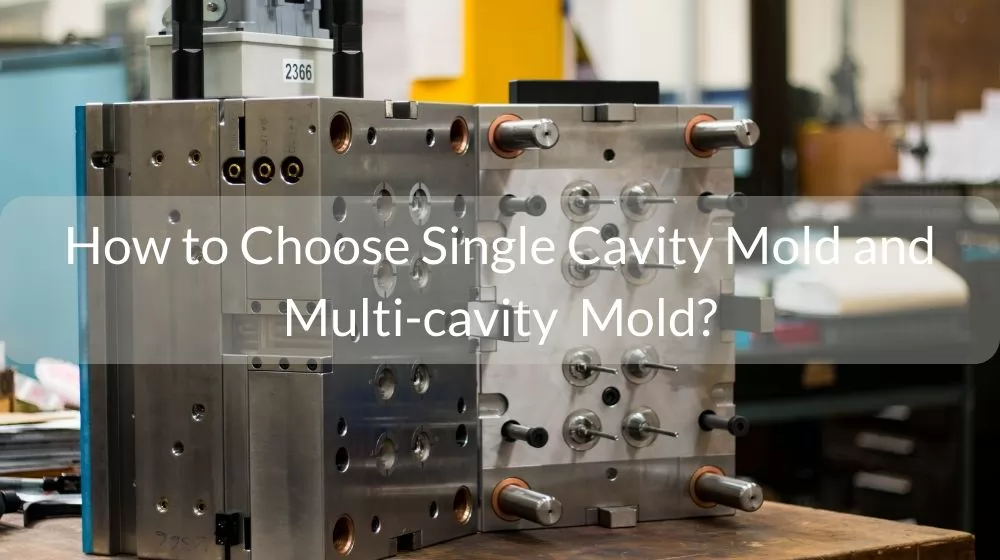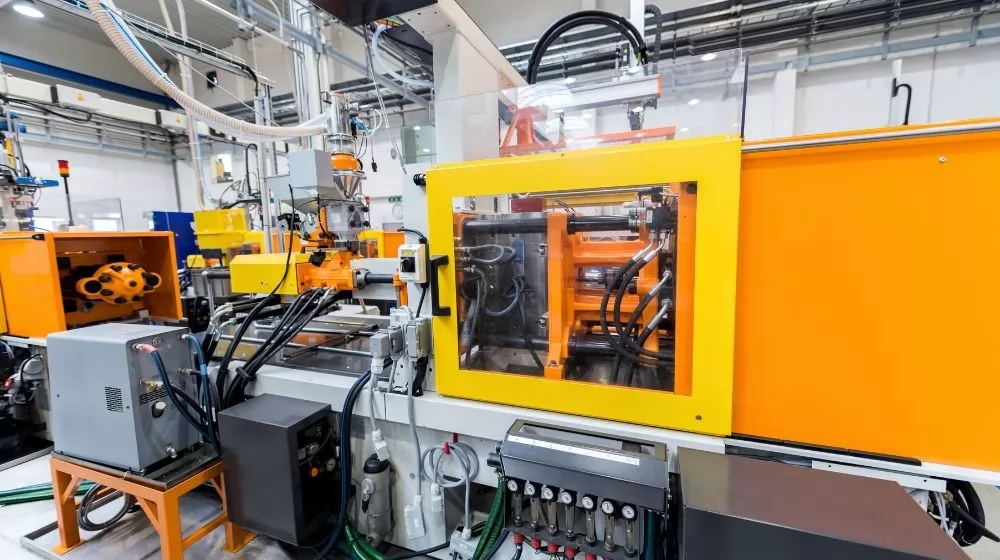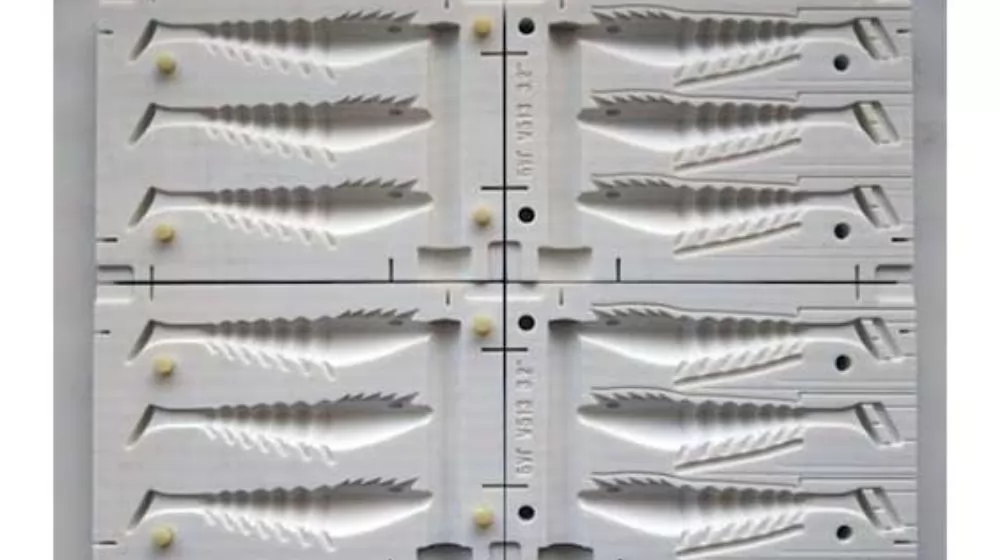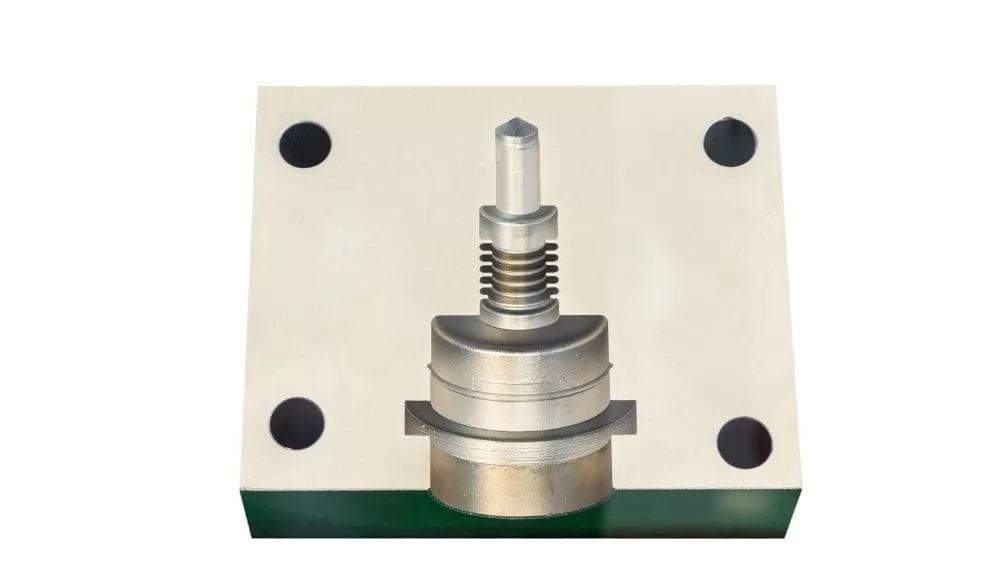
Injection molding is one of the most commonly used processes in the manufacture of plastic parts today, enabling large-scale, cost-effective mass production of identical parts. In fact, injection molding is the most cost-effective process for manufacturing medium to high volume plastic parts in most cases. As such, it is often preferred over other production processes such as CNC machining, polyurethane casting and die casting.
Single or multi-cavity molds facilitate injection molding. Although both single-cavity and multi-cavity injection molding techniques require the same basic operations to be performed in the same order, the two technologies are often used to meet different needs or schedule constraints and are therefore rarely interchangeable.
Choosing whether to use a single-cavity or multi-cavity injection mold is critical to project success. Below are some common usage scenarios along with their advantages and disadvantages.
List of Contents |
|
|
1. Assessing Your Product Demand and Market Supply First

Before selecting a single or multiple cavities in a mold, you need to make a series of analyzes and decisions—a necessary step. First, you need to determine exactly how many parts you initially predict the market will need based on past market demand, and assess the potential for future market growth. You also need to consider whether market trading volumes are affected by external factors, such as government policy changes, supply chain disruptions, etc. At the same time, you need to evaluate how the quality of each component affects the product and whether variations from cavity to cavity are acceptable. Only by answering all of these questions can you correctly determine whether a single-cavity mold or a multi-cavity mold is better suited for your production needs.
2. Injection Molding Process Introduction

The injection molding process starts with the creation of the mold. In the injection molding process, the mold is the most complex component, which determines the shape and quality of the final product. Once the mold is made, injection molding becomes a six-step process that can be easily replicated. The first step is to clamp or force the two clamshell parts of the mold together, making sure the mold is closed tightly. Next is injection, where plastic pellets are heated and injected into the mold. At this point, the plastic is in a molten state and can fill the cavity in the mold.
This is followed by a holding and cooling phase. During the packing phase, the mold remains closed to ensure that the plastic is fully filled without voids or defects. At the same time, for some complex products, it may be necessary to apply a holding pressure to ensure that the plastic fully fills the fine parts of the mold.
Then, enter the cooling stage. During this process, the plastic in the mold begins to cool and gradually solidifies. Cooling time depends on the type and thickness of the plastic. Once the plastic is fully cured, the mold will be hard enough to open.
Finally, the mold is opened and the injection molded part is removed from the mold using an ejector pin. Under the action of the ejector pin, the product breaks away from the mold and ejects from the mold. At this point, one injection molding process is completed.
The entire injection molding process is efficient and quick, making mass production possible. Moreover, injection molding can produce complex parts with high quality and high precision, so it is widely used in modern manufacturing, covering many fields such as automobile industry, electronic products, medical equipment and so on.
3. Single Cavity Mold and Multi-cavity Mold?

In its most basic form, multi-cavity molds are used to produce multiple identical parts. Multi-cavity plastic injection molds are an excellent way to get the most out of your mold base. Cost savings don't just come from faster manufacturing times.
Plastic injection molds in a family tend to be slightly different, but they serve the same purpose. A series injection mold is different in that it creates many components that are similar in size/appearance but not identical. These can be used to make plastic parts for installation, such as telephones or speakers.
However, one thing that needs to be ensured in this mold frame construction is that all components within the injection mold have reasonably sized gates (lines from material flow to product). This is important because for optimal manufacturing, the cycle time within the mold must be constant.
Let's first take some time to explain in detail the differences of single-cavity molds and multi-cavity molds.
4. Single vs. Multi Cavity Mold Differences

4.1 Cycle Time:
Single-cavity molds typically require longer cycle times than multi-cavity molds because a single-cavity mold can only produce one part during a molding cycle.
4.2 Productivity:
By the same token, the production efficiency of multi-cavity molds is always higher than that of single-cavity molds due to the greater number of parts that can be produced at one time.
4.3 Guaranteed Shots:
The number of injection guarantees for single-cavity molds is usually higher. Since only one mold cavity is required, the mold experiences relatively little stress and wear during each injection cycle. In comparison, multi-cavity molds have lower injection guarantee times. Since there are multiple mold cavities at the same time, the mold is subject to greater pressure and wear during each injection cycle.
4.4 Downtime:
Single-cavity molds are simple in structure and therefore easy to maintain, with short maintenance downtime. Multi-cavity molds have complex structures and multiple cavities work simultaneously, making maintenance more difficult and resulting in longer downtime.
5. What Exactly is a Cavity in Molding?
The injection molding cycle is the series of events that occur during the injection molding of a plastic part. When the mold is closed, the cycle begins and polymer is injected into the mold cavity. After filling the cavity, adjust the packing pressure to accommodate the shrinkage of the material.
5.1 Cycle time

The number of items you want to mold in a given amount of time and cost-effectiveness determine whether you need a single-cavity or multi-cavity mold. If your product has a one-minute cycle time, you will never be able to injection mold a million units per year using a single-cavity mold. the
After all, optimizing injection molding requires patience. We also assess how long preventive treatments for mold will take. If you want to produce one million items per year, you need multi-cavity molds, such as four- or eight-cavity molds.
5.2 Injection Molding Guarantee
All of our new molds include an injection molding warranty. It ensures that the molds run in the shortest possible time without incurring any expense to the customer. Single-cavity molds typically have an injection guarantee of one to two million shots, depending on conditions, product design, and tolerances. Multi-cavity molds are a good choice if you want to use the same mold to make many items. For example, a four-cavity mold can produce four million parts in a guaranteed shot volume.
5.3 Advantages and Disadvantages of Single Cavity and Multi Cavity

Since the processes of these two molds are very similar, their advantages and disadvantages are in many ways the same. For example, while they will save you money in the long run, they require a significant initial investment due to the longer development times required by moldmakers. They have similar requirements for your parts, some of which are as follows:
Advantages of multi-cavity molds and single-cavity molds
Target quantities can be completed faster due to reduced lead times for each batch.
You can use the same mold to make more products under the condition of guaranteeing the lens.
In most cases, the total cost of ownership of a four-cavity mold is less expensive than four single-cavity molds.
More efficient use of cycle time
Scale advantage, stable process
Reduce component costs
Disadvantages of multi-cavity molds and single-cavity molds
Multi-cavity molds require a larger investment than single-cavity molds.
Longer run times for moldmakers
When a problem occurs with one of the fillings, the entire mold must be removed from the machine, meaning the remaining cavity cannot be used.
When using automation to run molds with a large number of cavities (32 or more), each cavity must be precise.
6. The Role of Cavity in Injection Molding
The cavity plays a very important role in injection molding. As the negative space in the mold, the cavity's job is to mold the molten plastic material into the desired shape, thus defining the external shape, size and quality of the final product. Single-cavity molds contain only one cavity and are suitable for producing small quantities or complex parts that require fine details, such as medical devices. Multi-cavity molds have multiple cavities and can produce multiple parts at the same time, making them suitable for efficient mass production.
7. A Family Mold and a Multi-cavity Mold?
Both multi-cavity molds and series molds can make multiple parts in a single injection molding cycle. However, their design intentions and functions are different.
Multi-cavity molds are usually used to produce parts of different models in the same cycle, while family molds are molds that produce multiple parts of the same model in one cycle.
8. How to Choose Single Cavity Mold and Multi-cavity Mold?

In general, choosing a single-cavity mold or a multi-cavity mold depends on time and market demand. Multi-cavity molds are often the better choice when large numbers of similar parts must be produced in a short amount of time. Multi-cavity molds enable manufacturers to produce more parts in less time - a clear benefit of using multiple cavities simultaneously.
On the other hand, multi-cavity molds are not always ideal for specific projects. Multi-cavity molds require a larger initial outlay than single-cavity molds. Multi-cavity molds are more expensive to produce because they require more material, effort and energy than single-cavity molds. the
While investing in multi-cavity injection molds will undoubtedly pay off when manufacturing components in high volumes, in lower volumes a single-cavity mold may make more sense. the
Multi-cavity molds require longer lead times because they take longer to produce than single-cavity molds. In addition, multi-cavity molds are more demanding and risky to maintain; if one cavity is cracked or defective, the entire mold can be rendered useless, severely impacting time to market.
9. Summarize
It's always a good idea to know your audience and have a good grasp of your merchandise needs so you can develop and manufacture to keep costs down. This is especially true in the case of injection molding. Based on the time and substantial cost required to manufacture a mold, the development team must do their homework and choose the type of mold that best suits the product and market needs.
Fortunately, there are injection molding experts on the market who can advise you as you choose the best route for your project.


